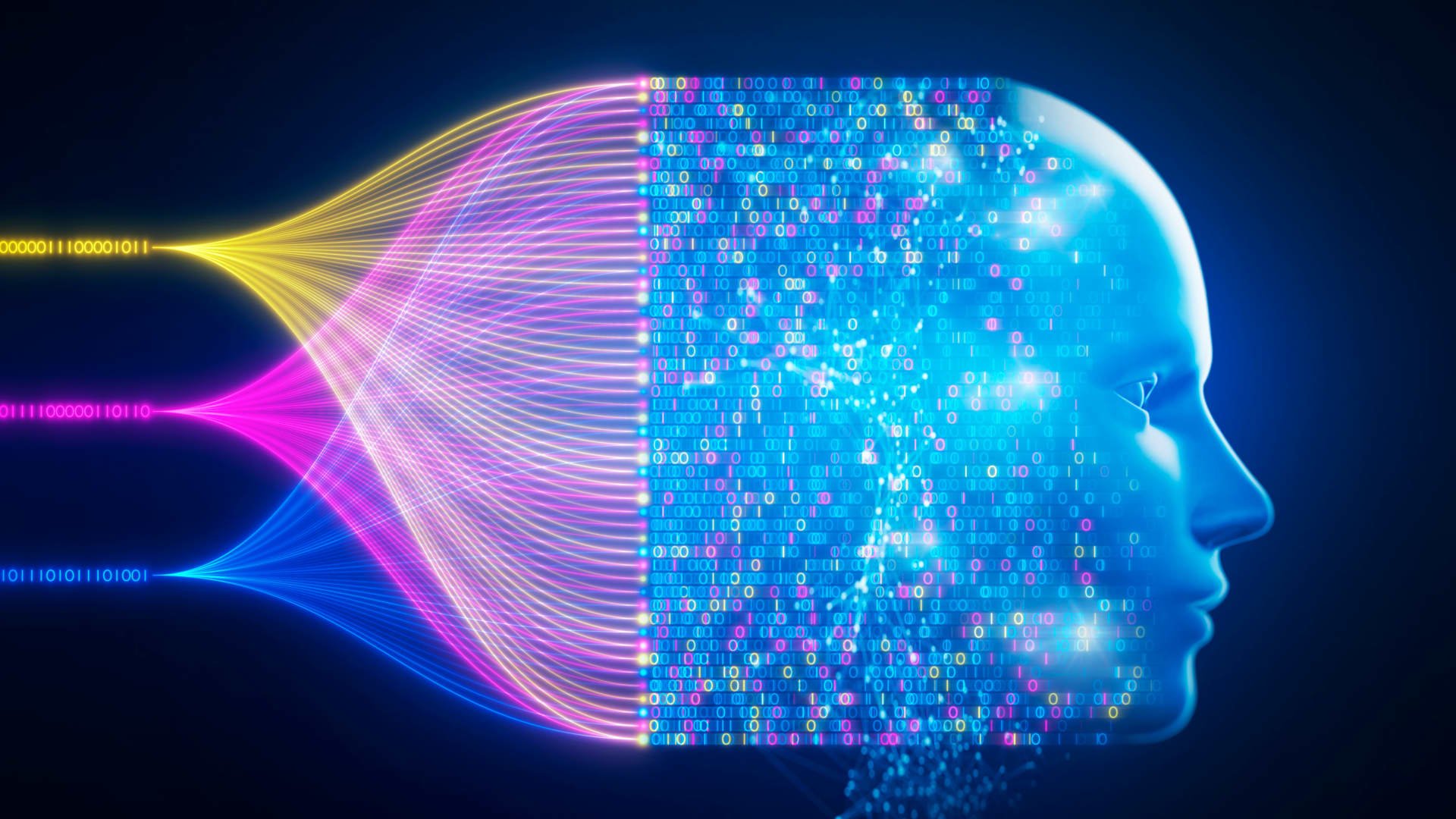Undress AI: The Controversial Tech That's Taking The Internet By Storm
Imagine a world where technology can remove clothing from images with just a click. Sound like science fiction? Think again. Undress AI is here, and it's sparking heated debates across the globe. This groundbreaking technology uses advanced algorithms to digitally strip away clothing from photos, raising serious questions about privacy, ethics, and the future of digital manipulation. Whether you're a tech enthusiast, privacy advocate, or just curious about the latest digital trends, Undress AI is a topic worth exploring.
But hold up, before we dive into the nitty-gritty, let's talk about why this tech is making waves. It's not just about the ability to alter images—it's about the implications it has on how we view privacy and consent in the digital age. As more people become aware of Undress AI, the conversation around its use and misuse is growing louder. So, buckle up, because we're about to take a deep dive into the world of digital manipulation.
Now, you might be wondering, "Is this even real?" The short answer? Yes. And it's only getting more advanced. What started as a niche experiment has evolved into a technology with potential applications—and potential dangers—that we're only just beginning to understand. Let's break it down and see what all the fuss is about.
- Kannada Movierulz 2025 Your Ultimate Guide To Exploring The World Of Kannada Cinema
- Discover Movierulz Your Ultimate Entertainment Hub Ndash Details Inside
What Exactly is Undress AI?
Undress AI refers to a set of algorithms designed to digitally remove clothing from images, creating realistic, edited versions of the original photos. This technology leverages machine learning and artificial intelligence to analyze patterns, textures, and shapes, allowing it to "undress" individuals in photos with surprising accuracy. While the concept might sound futuristic, it's rooted in the same principles that power other image-editing tools you've probably used before.
How Does Undress AI Work?
Here's the science-y part: Undress AI uses deep learning models trained on vast datasets of images. These models learn to recognize the boundaries between clothing and skin, then apply that knowledge to manipulate photos. The process involves several steps, including:
- Image analysis: Breaking down the photo into smaller components to identify clothing and skin.
- Texture mapping: Replacing clothing with realistic skin textures generated by the AI.
- Post-processing: Smoothing out the final image to ensure it looks natural and believable.
It's not perfect, but it's getting there. As AI technology continues to evolve, the results are becoming harder to distinguish from reality. And that's where things get interesting—or concerning, depending on how you look at it.
- Somali Wasmo Vip Telegram Channel Your Ultimate Guide To The Trending Community
- Unveiling The World Of Vegamovies 3 Your Ultimate Streaming Destination
Why is Undress AI So Controversial?
Let's talk about the elephant in the room. Undress AI is controversial because it raises serious ethical and privacy concerns. Imagine someone taking a photo of you and using this tech to alter it without your consent. Creepy, right? That's the reality we're facing as this technology becomes more accessible.
Here are some of the biggest concerns:
- Consent: Who gets to decide what happens to your image?
- Privacy: How do we protect ourselves from unwanted digital manipulation?
- Abuse: What happens when this tech falls into the wrong hands?
These are tough questions, and they don't have easy answers. As society grapples with the implications of Undress AI, it's clear that we need to have an open dialogue about how to regulate and control its use.
The Potential Uses of Undress AI
Despite its controversial nature, Undress AI has some legitimate applications. For example:
Medical Imaging
In the medical field, this tech could be used to simulate surgeries or visualize injuries beneath clothing. It's a powerful tool for doctors and surgeons who need to assess patients without physically removing their clothes.
Fashion Design
Undress AI could revolutionize the fashion industry by allowing designers to preview how clothing fits on different body types without requiring physical models. This could save time, money, and resources in the design process.
But let's not forget the flip side. While these applications are exciting, they also highlight the need for responsible use. Without proper safeguards, even the most beneficial technologies can be misused.
Is Undress AI Legal?
This is where things get murky. The legality of Undress AI depends on where you live and how it's being used. In some countries, creating or distributing altered images without consent could be considered illegal. In others, the laws are more relaxed—or simply haven't caught up with the technology yet.
Here's the kicker: just because something is legal doesn't mean it's ethical. Even if Undress AI isn't explicitly banned, its use can still cause harm. That's why many experts are calling for stricter regulations and clearer guidelines on how this tech can and cannot be used.
The Impact on Privacy
Privacy is one of the biggest concerns surrounding Undress AI. In an age where we share so much of our lives online, the idea that someone could alter our images without our permission is terrifying. It raises questions about who owns our digital identities and how we can protect ourselves in an increasingly connected world.
Here are some steps you can take to safeguard your privacy:
- Be mindful of what you post online.
- Use strong privacy settings on social media platforms.
- Consider watermarking your photos to make them harder to manipulate.
While these measures aren't foolproof, they can help reduce the risk of your images being misused.
How to Detect Undress AI Manipulation
So, how do you know if an image has been altered using Undress AI? It's not always easy to tell, but there are some telltale signs to look out for:
Look for Imperfections
AI-generated images often have small inconsistencies that give them away. Pay attention to areas where clothing meets skin—if it looks unnatural or blurry, it might have been edited.
Check the Metadata
Many image-editing tools leave behind metadata that can reveal whether an image has been altered. Use a metadata viewer to inspect the file for clues.
While these methods aren't foolproof, they can help you spot potential red flags. As AI technology improves, detecting manipulation will become even more challenging, making it all the more important to stay vigilant.
The Future of Undress AI
So, where does this leave us? The future of Undress AI is uncertain, but one thing is clear: this technology isn't going away anytime soon. As AI becomes more advanced, its applications—and potential misuses—will only grow. That's why it's crucial for governments, tech companies, and individuals to work together to establish ethical guidelines and regulations.
Here are some potential developments to watch for:
- Improved detection tools to identify AI-manipulated images.
- Stricter laws governing the use of AI in image editing.
- Innovative applications in fields like healthcare and fashion.
Only time will tell how Undress AI will shape the future, but one thing is certain: the conversation is just getting started.
Conclusion: What You Can Do
Undress AI is a powerful technology with the potential to change the way we view privacy, consent, and digital manipulation. While it has some legitimate applications, it also raises serious ethical concerns that need to be addressed. As users, creators, and consumers, it's up to us to advocate for responsible use and push for stronger regulations.
Here's what you can do:
- Educate yourself about the technology and its implications.
- Speak out about the need for ethical guidelines and regulations.
- Support efforts to protect privacy and consent in the digital age.
Together, we can ensure that Undress AI—and other emerging technologies—are used in ways that benefit society as a whole. So, what are you waiting for? Join the conversation and help shape the future of AI.
And don't forget to share this article with your friends and family. The more people know about Undress AI, the better equipped we'll be to navigate its challenges and opportunities. Let's make the internet a safer, more responsible place—one click at a time.
Table of Contents
Article Recommendations
- Unveiling The World Of Vegamovies 3 Your Ultimate Streaming Destination
- Vegamovies Com In Hindi Dubbed Your Ultimate Guide To Streaming Bollywood Movies



Detail Author:
- Name : Dr. Bonnie Grimes III
- Username : eda80
- Email : ahmad.feeney@yahoo.com
- Birthdate : 1995-05-17
- Address : 1653 Williamson Square Suite 775 New Kathleenmouth, ID 31006
- Phone : 929-581-8721
- Company : Nikolaus-Legros
- Job : Transportation Inspector
- Bio : Placeat nostrum adipisci voluptatem voluptatem inventore eligendi pariatur eveniet. Repudiandae fugiat est optio rerum eum. Cumque et rem magnam facere error et consectetur.
Socials
facebook:
- url : https://facebook.com/gino.schoen
- username : gino.schoen
- bio : Sequi voluptatem hic perferendis maiores totam.
- followers : 6213
- following : 2774
twitter:
- url : https://twitter.com/schoen1974
- username : schoen1974
- bio : Dolores enim et et esse ipsa autem. Ut ut sint perspiciatis qui quo optio rerum. Debitis aliquam facere amet et. Consequatur odio quasi officiis ab excepturi.
- followers : 4016
- following : 1063
instagram:
- url : https://instagram.com/gschoen
- username : gschoen
- bio : Impedit culpa aliquam harum ad nobis doloremque. Quam numquam sed aut alias.
- followers : 396
- following : 1903
linkedin:
- url : https://linkedin.com/in/schoeng
- username : schoeng
- bio : Labore ut officiis beatae ex at eius.
- followers : 3869
- following : 2996
tiktok:
- url : https://tiktok.com/@gino_schoen
- username : gino_schoen
- bio : Consequatur illo voluptatibus iure libero tempore officiis.
- followers : 2880
- following : 1795